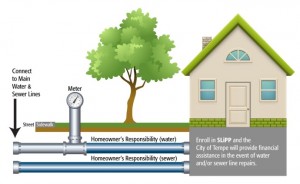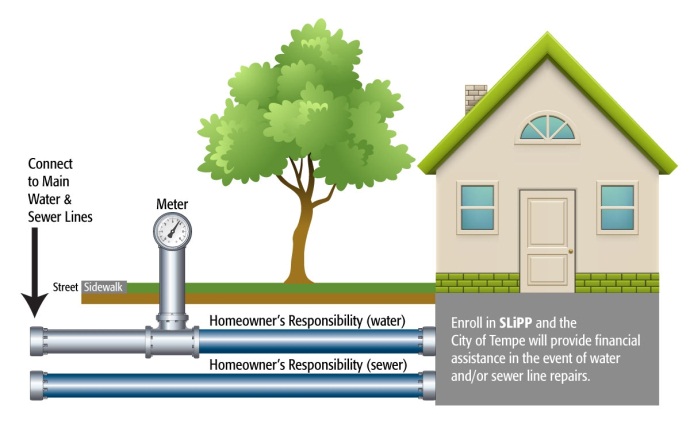 Guest author Catherine Noyes is an Associate Consultant at Raftelis Financial Consultants.
Guest author Catherine Noyes is an Associate Consultant at Raftelis Financial Consultants.
Since October, 2010, the Houston-Galveston area has suffered from one of the worst droughts on record. According to the Area Council’s Clean Rivers Program, by the end of 2011, the City of Houston had repaired 17,756 water line breaks, up from 10,821 in 2010. Given that July, 2012 was the hottest month in 117 years of records, it’s not surprising that water service utilities around the country are struggling to keep up with the drought damage impacting buried infrastructure. This damage includes anything from soil shifting as it dries out, to tree roots working their way into pipes in search of moisture.
Depending on where these breaks occur, homeowners may be responsible for shouldering the financial burden of repair or replacement – often at a cost of thousands of dollars. Many homeowners may not know that they are responsible for both the water line that runs from their home to the city’s water meter, and for the sewer line that runs from their home to the city’s sewer main. Through line protection programs, homeowners have a chance to mitigate the significant financial cost that can accompany standard emergency line replacement or repair, which homeowner’s insurance may not cover.
Continue reading








